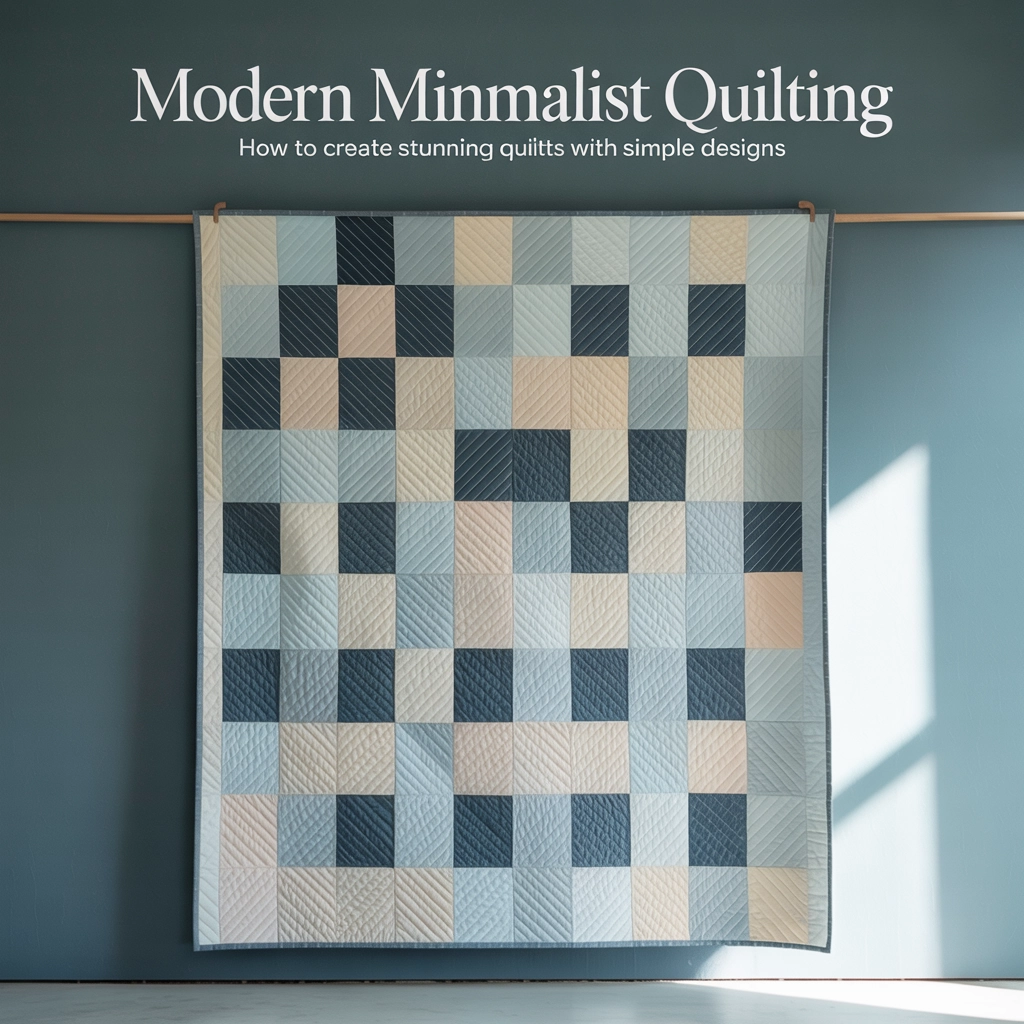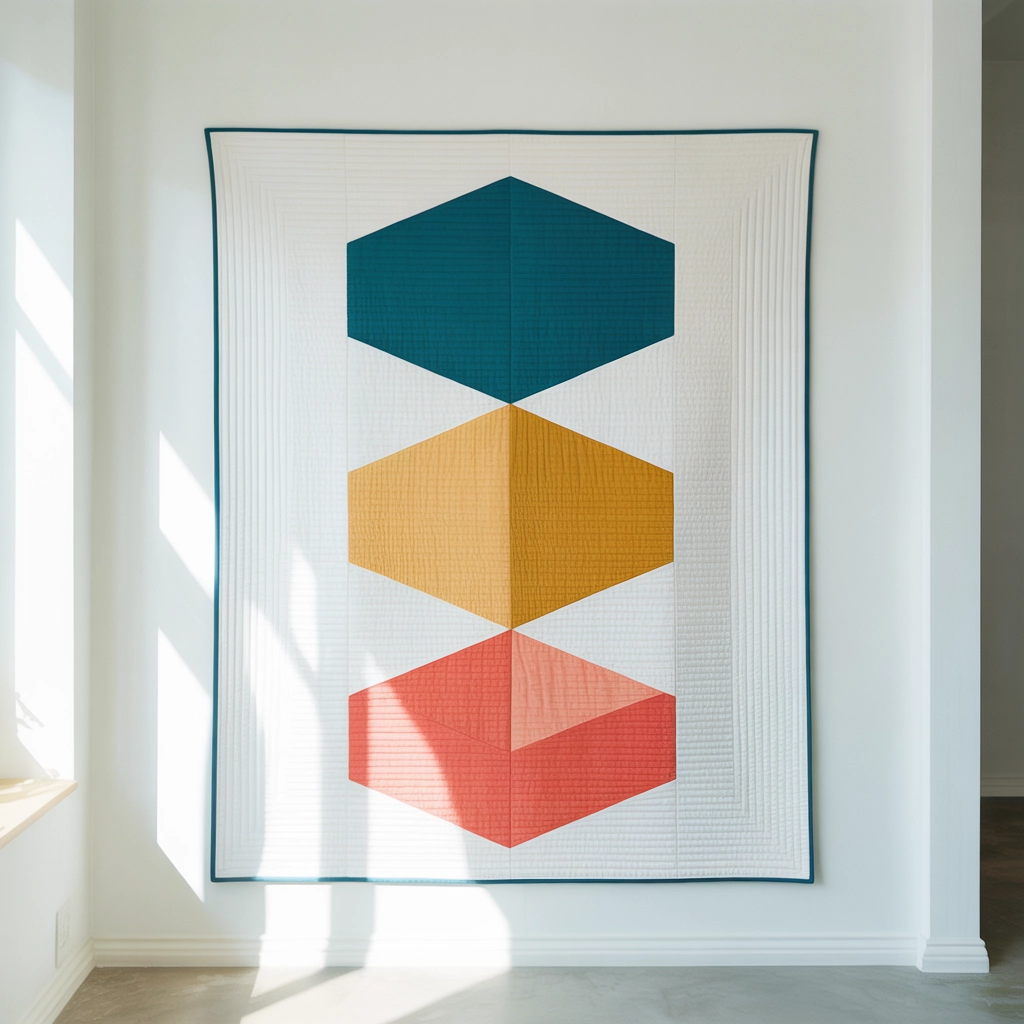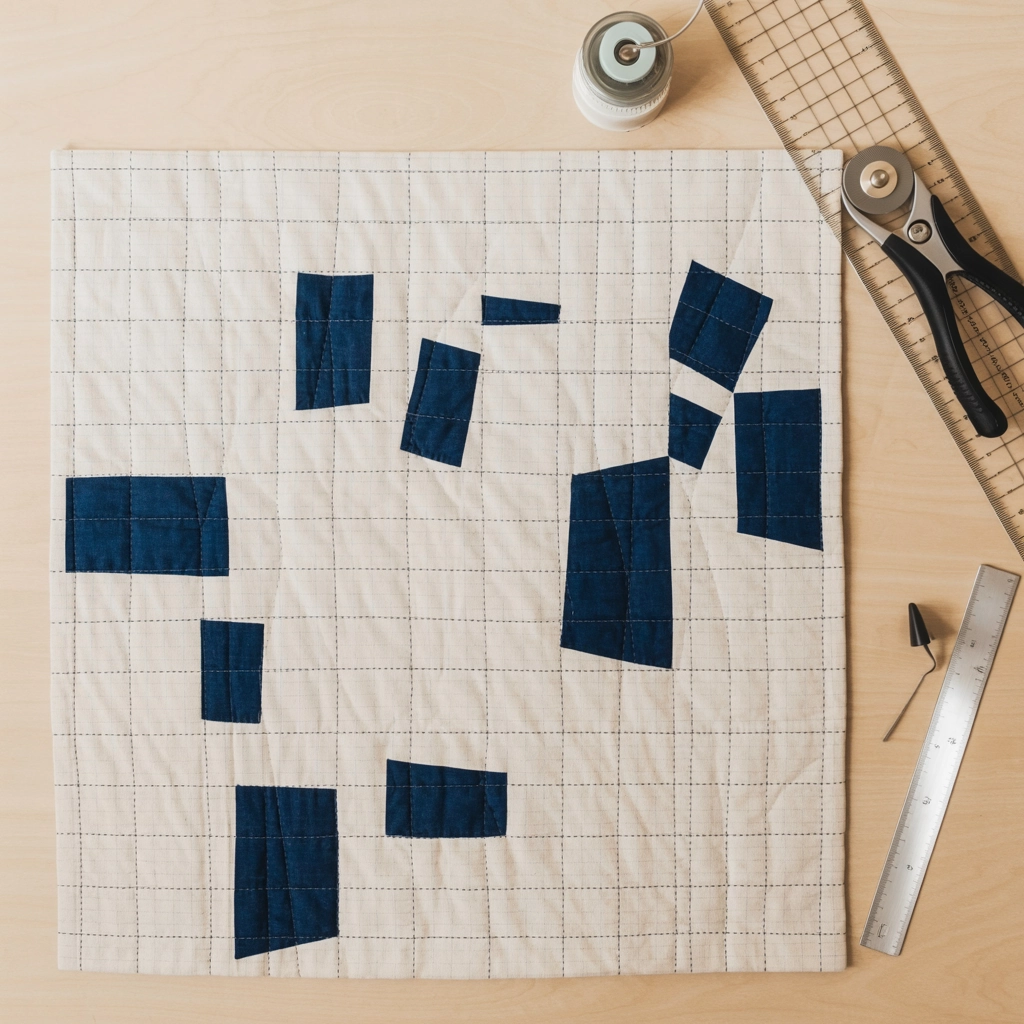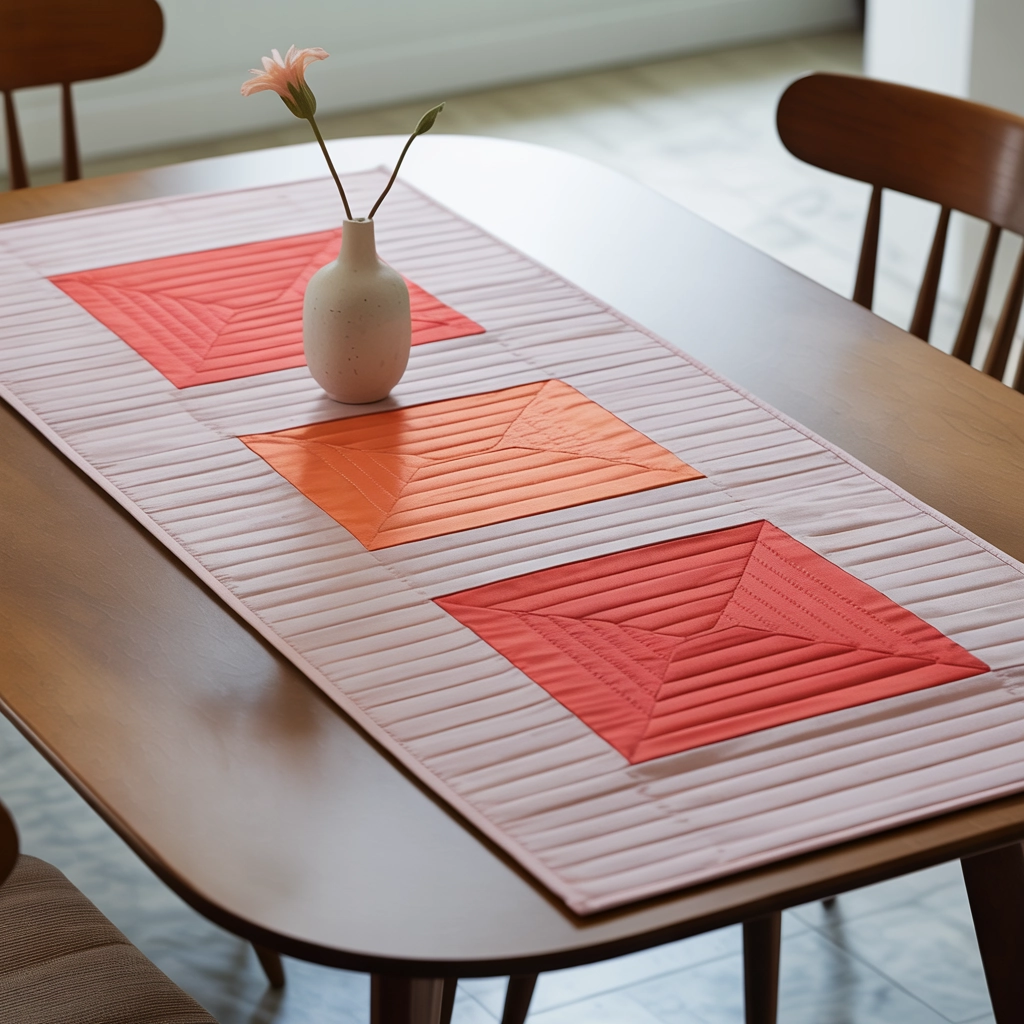Approx - 2 Weeks
Approx - 2 Weeks (14 Days)


There's something captivating about a quilt that speaks volumes through simplicity. Modern minimalist quilting strips away excess and focuses on clean lines, thoughtful negative space, and purposeful design elements to create pieces that are both striking and sophisticated.
At Countryside Quilts, we've noticed more and more quilters embracing this style—and for good reason. Minimalist quilts offer a fresh, contemporary approach that can transform your quilting practice and help you create truly unforgettable pieces without overwhelming complexity.
Let's explore how you can harness the power of "less is more" to create quilts that make a big impact with minimal elements.
Perhaps the most defining characteristic of minimalist quilting is the deliberate use of negative space. Unlike traditional quilts where nearly every inch is filled with pattern, minimalist quilts celebrate emptiness. This "breathing room" isn't just leftover background—it's an intentional design element that gives your focal points greater impact.
Think of negative space as the canvas that makes your design elements pop. A single bold block floating in a sea of solid fabric can create more visual impact than dozens of intricate blocks competing for attention.
Minimalist quilting focuses on paring down to essential elements. This might mean:
The beauty lies in making thoughtful choices about what to include and—perhaps more importantly—what to leave out.
While traditional quilts often rely on perfect symmetry, minimalist designs frequently embrace asymmetrical layouts. This creates dynamic visual interest and a more contemporary feel. The key is maintaining visual balance even when the design isn't perfectly symmetrical.

Unlike more complex quilts that require intricate piecing plans, minimalist quilts start with a simple question: what's the focal point? Begin by identifying a single element you want to highlight—perhaps a bold geometric shape, a single oversized traditional block, or an elegant curve.
Try sketching your design idea on graph paper, focusing on:
Remember that negative space isn't just "leftover" areas—it's an active part of your design that requires just as much planning as your focal points.
Solid fabrics are the workhorses of minimalist quilting. They provide clean, uninterrupted fields of color that won't compete with your design elements. Consider building a collection of high-quality solid fabrics in a range of neutrals and your favorite accent colors.
At Countryside Quilts, we've expanded our selection of premium solid cottons specifically because of the growing interest in modern and minimalist quilting styles.
While solids dominate minimalist quilting, prints can be used strategically:
The key is restraint—choose prints purposefully and use them sparingly for maximum impact.
Minimalist quilts typically employ one of these color approaches:
Whatever palette you choose, consistency and intentionality are essential for maintaining the minimalist aesthetic.
Playing with scale creates visual interest without adding complexity. Try:
Traditional quilts typically follow strict grids, but minimalist designs often break these rules:

In minimalist quilting, every design choice matters. Consider:
The quilting itself (the stitching that holds your layers together) plays a crucial role in minimalist designs. Since there are fewer pieced elements, your quilting can either complement the simplicity or add an additional layer of interest.
Clean, straight lines reinforce the modern, minimalist aesthetic:
Varying the density of your quilting can highlight focal areas:
Let's put these principles into practice with a simple project that's perfect for beginners in minimalist quilting.
Materials:
Instructions:
This simple project incorporates key minimalist principles: limited color palette, asymmetrical design, ample negative space, and clean quilting lines.

While minimalist quilting has certain defining principles, there's plenty of room for personal expression. Some quilters prefer ultra-sparse designs with maximum negative space, while others use minimalist principles but incorporate bolder colors or slightly more complex focal points.
The beauty of this approach is that it encourages thoughtful design decisions. Each choice becomes an opportunity to refine your aesthetic and develop your unique voice as a quilter.
At Countryside Quilts, we love seeing how different quilters interpret minimalism in their own way. Whether you're drawn to stark black and white compositions or bold color blocks floating in negative space, the minimalist approach offers endless creative possibilities while maintaining that clean, contemporary appeal.
Ready to try your hand at minimalist quilting? Stop by the shop to explore our selection of premium solids and modern basics that are perfect for your next minimalist masterpiece. We're always happy to help you select just the right fabrics for your vision!
Happy quilting, The Countryside Quilts Team
{"one"=>"Select 2 or 3 items to compare", "other"=>"{{ count }} of 3 items selected"}
Leave a comment